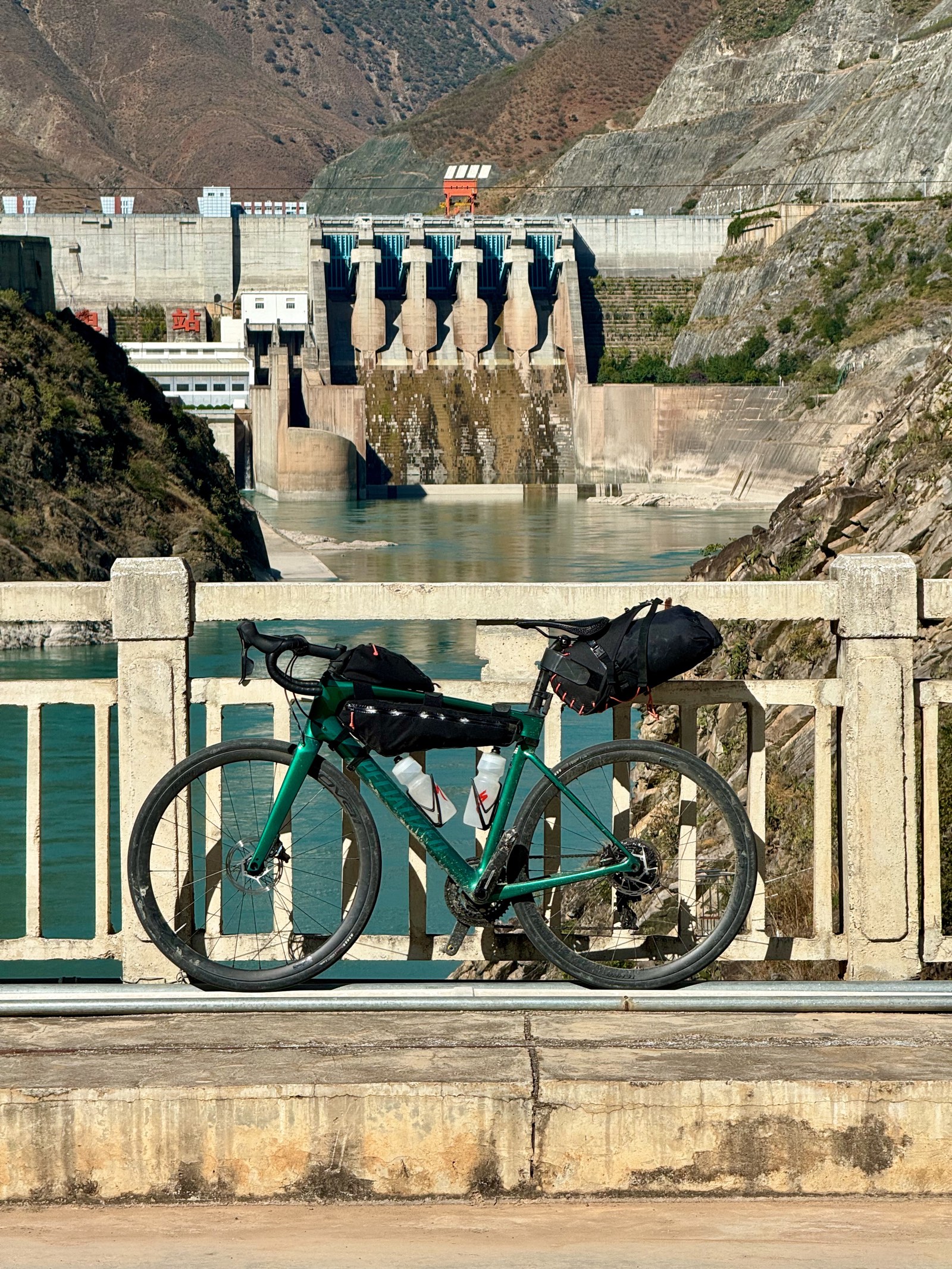JJ – 2024 年夏季 Cycling Trip Offsets
- 结论 Conclusions
- 简介 Intro
- 排放和减排 Emissions and reductions.
- 抵消 Offsets
- 说明 Notes
结论 Conclusions
- 骑行旅行是假期中最环保的方式!Cycling / Bikepacking is about as sustainable as you will get for an adventure holiday!
- 尽量减少或不乘坐飞机或开车!Minimize or try not to fly or drive!
- 选择产生大量可再生能源的地点** Choose locations that produce a high level of renewable energy**
- 花几分钟计算您的二氧化碳排放量,并用您认为有意义的方式进行抵消 Spend a few minutes to calculate your C02 output and offset it with a program you feel is meaningful.
- 持续推广骑自行车作为一种交通方式 Keep promoting cycling as a means of transport 🙂
简介 Intro
我非常享受在中国和亚洲的探险之旅,但我真的不希望它导致我所体验的一切遭到破坏。旅行是造成我们环境足迹的主要因素,我试图尽可能地理解和减少这一点,同时仍然享受我努力体验的一切。
与朋友聊天,做一些研究,并试图为自己制定一个更好的计划,我开始实施以下几点:
理解:我的旅行和探险对我所到之处的环境有何负面影响。目前大部分关注的是碳,但我也开始从水、浪费、栖息地和其他环境因素来思考这个问题
推广“更清洁”的旅行:尝试向中国的旅行者和旅行机构推广这一理念。
减少:最小化、减少或消除某些旅行方式
碳中和:这是一个很长期的工作,但比什么都不做要好
我最近去了内蒙古,探索可行的碎石赛道路线,避开上海的雨季。这是我第二次去那里,第一次去是去年,为了推动和更好地了解我们可以在哪里驾驶能源汽车,以及在这样的探险之旅中使用能源汽车是否可行。
蔚来非常慷慨地借给我们两辆电动汽车。在旅途中,我们两次电量只剩下 1%,这次经历在一定程度上限制了我们的体验。这完全是因为偏远村庄(可以理解)和城镇的充电基础设施不够或不可用。一年后,看上去有更多的在线充电设施,到 2030 年,我猜中国将拥有一个令人惊叹的充电网络。在华东地区,我也曾驾驶过蔚来的电动汽车,我建议去试试,这是一次有趣的探险体验。如果你能租到混合动力车,那它可能是最佳选择。更多信息见下文。
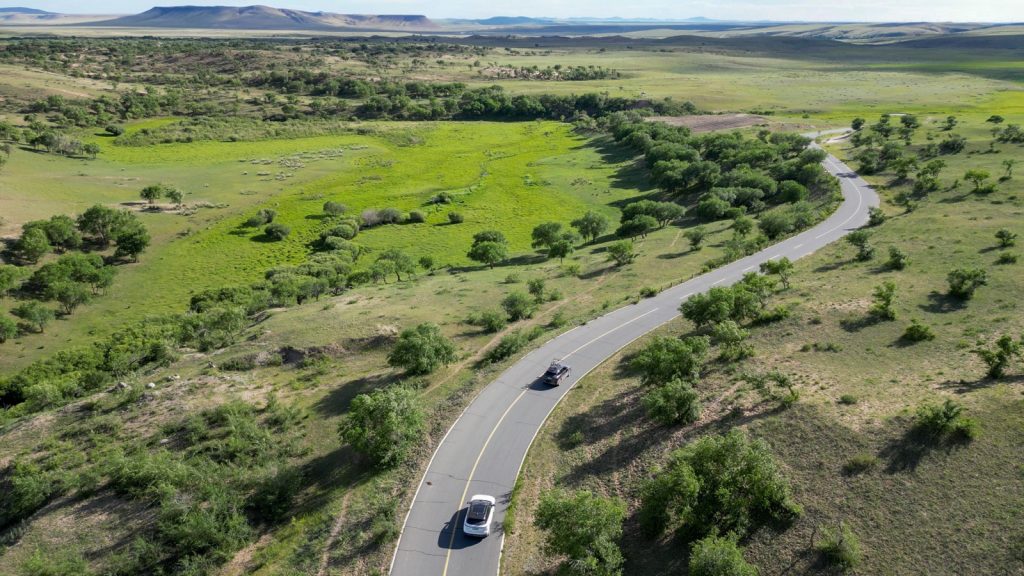
能源车是支持探险骑行的好的交通工具,但我们仍然需要时间在偏远地区建设更多的充电基础设施。在中国,即将实现,但在很长一段时间内可能不会在许多其他国家出现。另一个需要考虑的问题是它们的电力来自哪里! EV’s are the way forward to support adventure cycling but we still need time for more charging infrastructure in remote locations. In China it will come but probably not in a lot of other countries for a long time. Another question to consider is where their electricity originates from!
I really really enjoy my adventure travel in China and Asia but don’t really want it to lead to the destruction of what I’m out there to experience. Travel is a leading contributor to our environmental footprint and i’m trying to understand and minimize that as much as possible while still enjoying what I’m endeavoring to experience.
Chatting with friends, doing some research and trying to come up with a better structure for myself and the homestay, I’m beginning by implementing the following:
Understanding: what negative footprint my travel and adventures have on the environment I visit. Most of this currently is focused on carbon but also I’m starting to think about it from the water, wastage, habitat, and other environmental factors.
Promote “cleaner” travel: try to promote the concept to my fellow travelers and travel operators in China.
Reduce: minimize, deduct, or eliminate certain aspects of how I travel while not diminishing the experience I have or provide.
Offset: a bit of a dirty word and not a long term fix but better than doing nothing.
So I took a recent trip to Inner Mongolia to explore possible gravel race routes and get out of the Shanghai plumb rain season. This was my second trip there, my first being last year to push and better understand where we could drive EVs and if it’s feasible to use EVs on such an adventure trip. Nio very kindly lent us two EVs. Amazing technology. We got to within 1 percent of battery twice on the trip and the experience limited our experience some what. This was entirely due to charging infrastructure not working or not being available in remote villages (understandable) and towns. A year later there seems to be a lot more online and by 2030 I guess China will have an amazing charging network everywhere. In East China which I’ve also driven Nio’s Ev’s around in I would say go for it and its a fun adventure experience. Otherwise, a hybrid is probably your best bet if you can find one to rent. More on this below.
排放 Emissions
这次旅行起点和终点都在上海,我对要去的地方有一个粗略的计划。具体细节如下:
长途旅行:我们决定坐火车而不是飞机。先坐卧铺车到北京,然后坐高铁到赤峰。只有在万不得已的情况下才坐飞机,尽量选择可以坐火车到达的目的地。这样可以大大减少你的碳足迹*,而且是一种很好的环游世界的方式。工作和其他事情可以在途中轻松完成。
当地旅行:我们很多当地旅行都是骑自行车。按公里数计算,骑自行车可能是碳足迹最低的方式。我们的自行车碳足迹约为 200 公斤(请阅读 Trek 有趣的可持续发展报告),每骑行一公里会排放 16 克碳(额外的食物和消耗品)。我们曾尝试租用混合动力电动车接送我们出行,但失败了,所以我们只好租用汽油车。这大大增加了我们的碳足迹!我想我们还应该计算柏油路的碳足迹,但我们没有……
当地住宿:混合了空调房和一些非空调房(差别很大)。中国的中高档酒店占地面积很大,主要是因为使用“煤”电能,但考虑到地理位置因素,我减少了酒店的数量。
活动:除了开车探索之外,没有其他活动。活动可能是一个重要因素,因此在旅行时需要注意这一点。
看看我们的排放量的粗略计算。**一个非常重要的点是“能源位置”。从理论上讲,电动汽车比汽油车更环保,但实际上,真的是这样吗?我说的不是制造,而是使用!一方面,中国拥有一些很污染的煤炭发电,另一方面,在可再生能源产量和技术方面领先世界。我的假设是(我很可能错了),我在内蒙古的电动汽车使用大量太阳能和风发电,比汽油清洁得多。开着蔚来在民宿,使用污染严重的煤炭发电,难道不比汽油好吗?同样的概念对于住宿、火车和其他耗电量大的项目也很重要。
因此,粗略计算,我们这一周左右的旅行每人产生了约 1 吨碳。见下表。我不得不迅速飞回去预约牙医(途中我的牙齿断裂了);但除此之外,不坐飞机确实节省开支。再加上能源汽车可以节省,而骑自行车可以节省更多。关掉空调或去没有空调的经济型酒店也可以节省,到目前为止,我还没有在中国看到任何“绿色”旅馆或酒店,所以在那里节省不了多少钱。
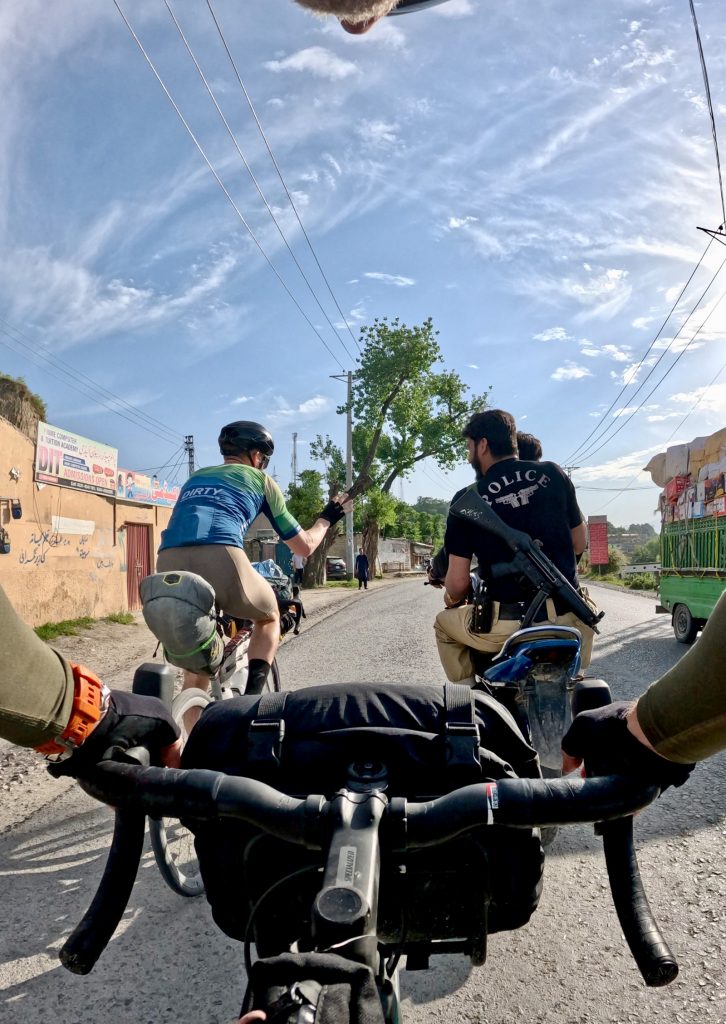
Some emissions are impossible to plan for like our week-long escort!
Ok for this trip I started and ended in Shanghai and had a rough plan of where we were going. Breakdown is as follows:
Distance travel: we decided to get trains instead of flying. A nice slow sleeper to Beijing and then a high-speed train to Chifeng. Only fly as a last resort and try and pick a destination accessible by train. It provides a huge reduction in your footprint* and is a nice way to see the world. Work and other things can be easily done en route.
Local Travel: a lot of our local travel is by bicycle. It probably has the lowest footprint for km’s traveled. Our bikes have a carbon footprint of about 200kg (read Trek’s interesting sustainability report on that) and output 16g of carbon for every km we bike (extra food and consumables). We tried to rent a hybrid EV to shuttle us around but that failed so we were left with a petrol car. That shot up our footprint! I guess we should also calculate the footprint of the tarmac roads but we have not….
Local Stays: Mix of aircon and some non aircon (big difference) rooms. China’s mid and high hotels have a big footprint, mostly due to “coal” electric energy usage but I cut our numbers down due to location and modesty.
Activities: other than exploring in the car, nothing. Activities can be a big factor so it’s something to watch out for when traveling.
Ok, see the quick rough calculation on our emissions below. **One very important point is “energy location”. In all theory, a EV is more environmentally friendly than a petrol car but in reality, is it? I’m not talking in manufacture but in usage! China has some of the dirtiest coal electric generation on the one side and on the other, leads the world in renewable output and tech. My assumption and I could well be wrong is that my EV in Inner Mongolia, with lots of solar and wind generated power is much cleaner than petrol. Driving the Nio around the homestay, running on dirty polluting coal generated electricity is not much better than petrol??? The same kind of concept is important for stays, trains and other large electricity footprint items.
So very roughly we produced around 1 tonne of carbon per person for this one week or so trip. I had to fly back quickly to make a dentist’s appointment (cracked my tooth en route ); but otherwise not flying really helps save. That along with driving an EV in a renewable producing area would have saved, while just cycling would have saved a lot more. Turning off the AC or going to a non-AC budget hotel also saves and as yet i don’t see any “green” lodges or hotels in China so not much further savings can be really had there.
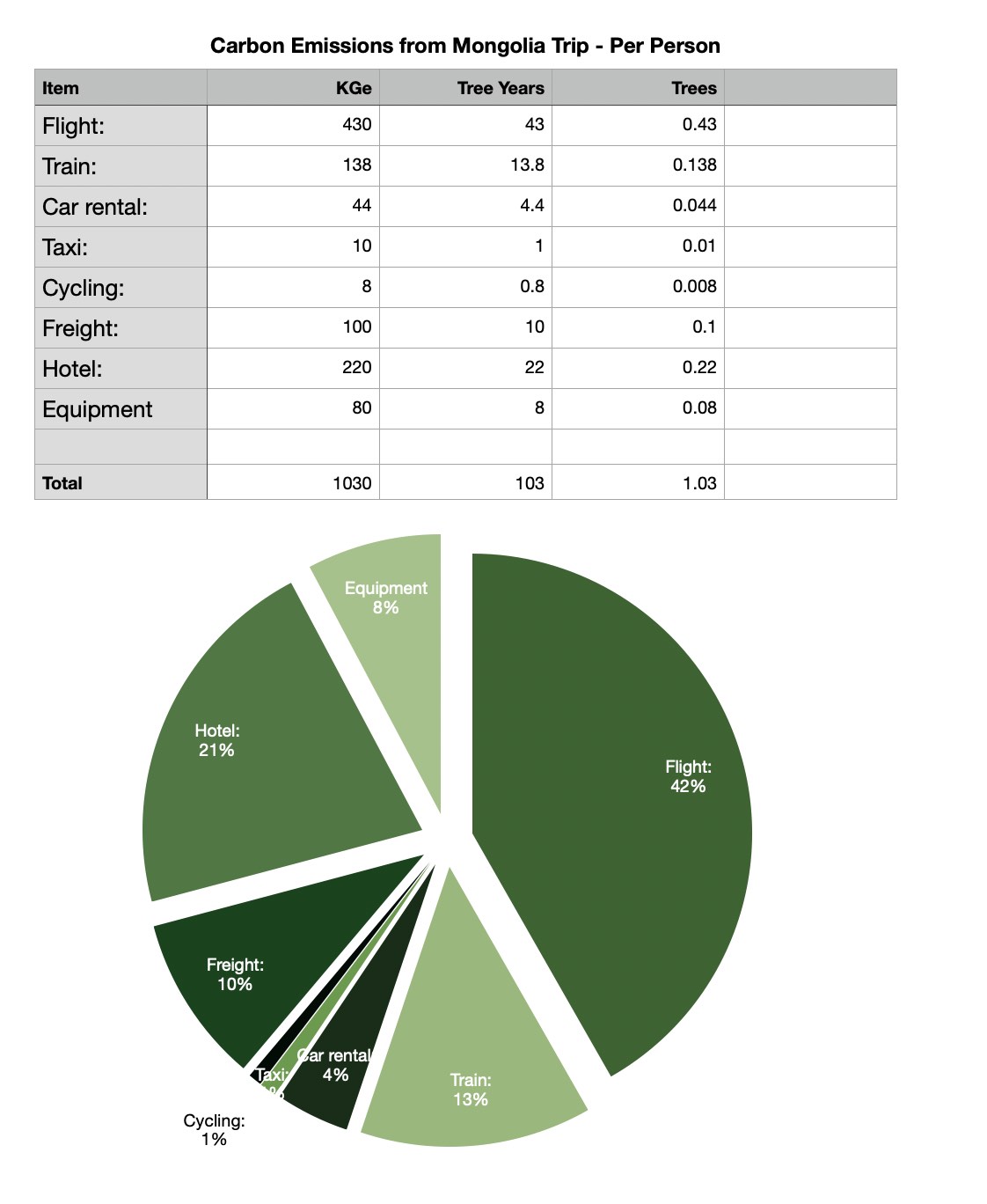
抵消 Offsets
我喜欢树木,我也喜欢与树木打交道,所以为什么不多做一些环保工作,多种些树来抵消我的碳排放呢:)这是我的计划。随着时间的推移,我希望这些树能在当地种植,我希望我们民宿的客人也能这样做。无论如何,在此期间,我将通过以下方式进行抵消:
种植新树。支持商业林的增长,这些林木是为种植 20 年以上的树种而管理的。种植将用于家具或房屋木材的树木。(我不想在当地烧毁它)。商业林通常是安全的,因为有人的生计与之相关?
帮助维护野生森林。从而改善树木存量,从而吸收更多的二氧化碳。这主要是种植本地的、可能濒临灭绝的物种。这让我想起了几年前我和上海迪士尼合作过一个濒危植物物种项目。我应该去看看。
我这里没有确切的数字。这是我粗略计算:
一棵树每年吸收 25 公斤二氧化碳。(非常粗略的数字)。10-40 公斤,取决于生长条件、成熟度、品种等。
10 公斤,前 20 年平均寿命为 100 年。
因此,一棵树在其一生中可以吸收 1000 公斤或 1 吨二氧化碳排放量,或者从另一个角度来看,我们需要 40 棵树才能在一年内吸收 1 吨。
我猜我种的树在被砍伐前可以存活 20 年,这意味着我需要种植 5 棵可以存活 20 年的树来抵消我这次旅行产生的 1 吨碳!
如果木材被烧毁,它会立即释放。当木材腐烂时,释放速度会慢一些。因此,这只是一个中期解决方案。
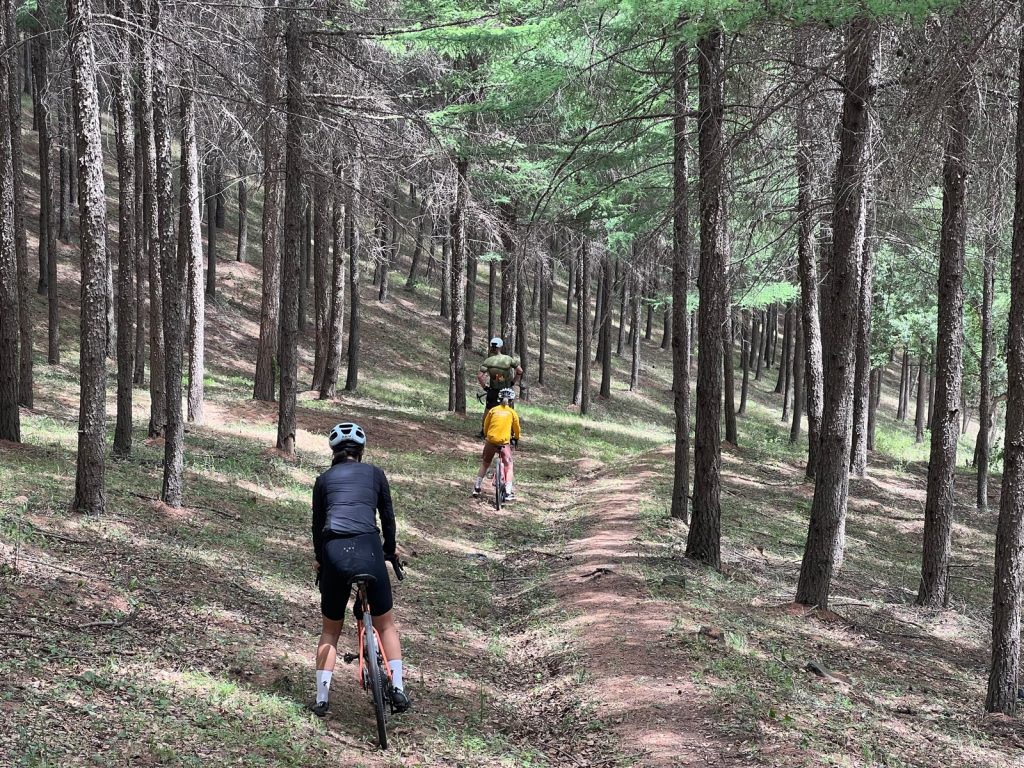
中国正在种植大量树木,保护大量地区,但仍有许多工作要做,心态也需要改变。无论好坏,这些地区的游客越来越多。 China is planting lots of trees and putting lots of areas under protection but there is still a lot of work to be done and mindset to change. For good and for bad these areas are getting more and more visitors.
I like trees, and I kind of work with them, so why not do a bit more greenwashing and plant some more trees to offset my carbon:) This is my plan. Over time, I would like them to be locally planted and I hope guests at the homestay could do this. Anyway, in the meantime I’m going to offset by:
Planting new trees. Support commercial forest growth which are managed for growing species for more than 20 years. Planting trees that will get used for furniture or housing timber. (I don’t want to burn it locally). Commercial forests because they are generally secure because someone’s livelihood is linked to it?
Help maintain wild forests. thus improving tree stock and thus absorbing more c02. Mostly this is in planting native, where possible endangered species. This reminds me I did an endangered plant species project with Disney Shanghai, a few years back. I should go and check it out.
I don’t have exact numbers here. It is a best guess, which I roughly calculate at:
A tree absorbs 25kg of CO2 a year. (very rough number). 10-40kg depending on growing conditions, maturity, species, etc.
10kg for the first 20 years of life with an average 100 year lifespan.
Therefore 1 tree in its life can absorb 1000kg or 1 tonne of CO2 emissions or looking at it another way we need 40 trees to absorb one 1 tonne in a year.
I’m going to make a guess and say the trees I plant last 20 years before being cut which means I need to plant 5 trees which last 20 years to offset my 1 tonne of carbon produced on this trip!
If the timber is burnt it’s immediately released. When it decays it’s more slowly released. Therefore it’s only a mid-term solution.
抵消选项 “Subjective” Offset Options;;
我想在国外和中国进行抵消。如果您知道任何好的植树计划,请告诉我。
环保国际旅行:1 公吨 > 16 美元(清洁能源森林和社区)。从行业角度来看,我对此很感兴趣。
种植一棵树:1 棵树 1 美元!似乎有点便宜。我喜欢这个,因为它很便宜 🙂 并且专注于植树。您可以选择树木的地区和数量。 https://sustainabletravel.org/our-work/carbon-offsets/calculate-footprint/offset-by-amount/
Ecologi.com/plan– 每月 4.70 英镑。每月种植 2 棵树 + 每年 2.64 吨二氧化碳。保护森林和新树木
总部位于中国的Routes & Shoots 曾经很活跃,我需要看看他们最近在做什么。我相信中国种植的树木比任何地方都多,主要是为了防治沙漠化,所以当地应该有一些不错的选择。
http://www.mtpchina.org/get-involved
Mossy Earth:更多支持生态恢复而不是抵消。https://www.mossy.earth/
因此,为了抵消这次旅行(1 吨)和最近另一次中国-巴基斯坦的骑行旅行(3 吨二氧化碳),我会购买 10 棵树并支付一年的 Ecologi 订阅费。对于我今年计划的其他骑行旅行,我将使用一些其他计划。我的长期目标是在民宿附近有一些我可以关注的当地事物。
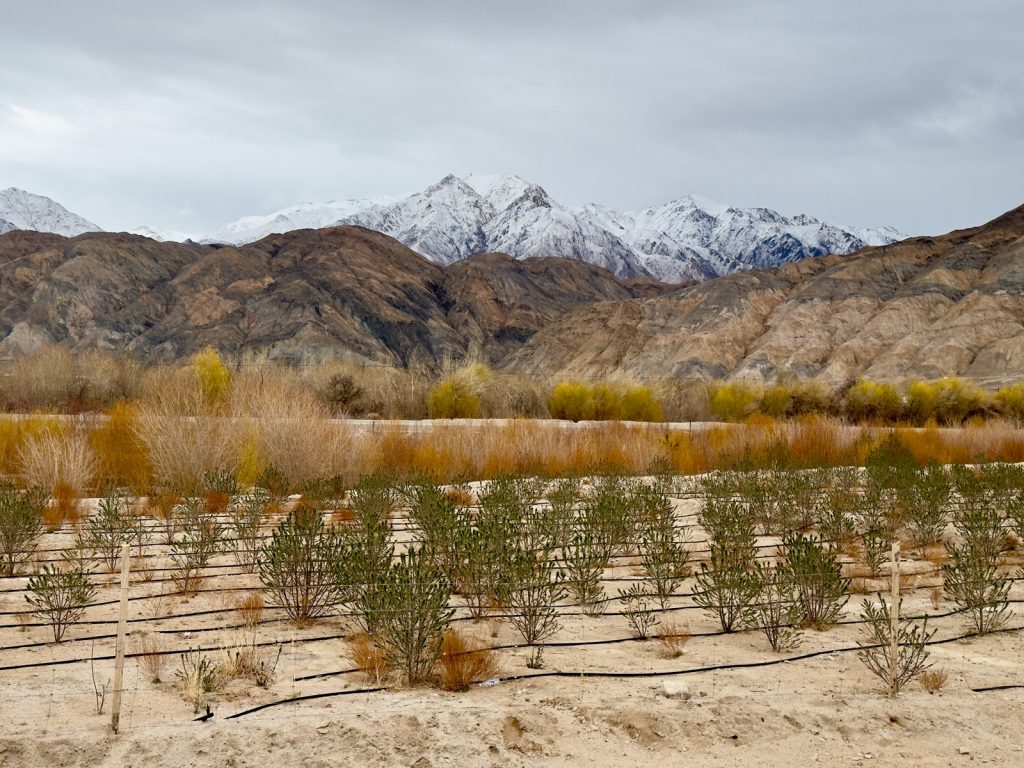
中国有一些世界上最大的树木和种植项目!它面临着许多严峻的环境挑战,有些是自己造成的,有些只是由于其令人惊叹的自然环境。我们应该在探险中尽量减少前者,保护后者!China has some of the largest tree and planting projects in the world! Its got a lot of tough environmental challenges, some self-inflicted and some just due to its amazing natural environment. We should aim to minimize the former in our adventures and protect the latter!
I would like to offset internationally and also in China. Let me know if you know of any good tree planting programs.
Sustainable Travel International: 1 Metric Tons > 16 USD (Clean Energy Forests & Community). I’m interested in this from an industry standpoint.
OneTreePlanted: 1 tree is 1 USD! Seems a bit cheap. I like this as its cheap 🙂 and focused on tree planting. You can select the region and quantity of trees.
Ecologi.com/plan– offset project and young trees. 4.70 GBP Monthly. Plant 2 trees monthly + 2.64 tonne C02 year. Preserve Forests and New growth forests
China based ???? Routes & Shoots used to be active and I need to see what they are up to these days. I believe China is planting more trees than anywhere, mostly to fight desertification so there should be some good options locally.
http://www.mtpchina.org/get-involved
Mossy Earth: more supporting ecology restoration than offset but something worth to throw into the mix. https://www.mossy.earth/
So to offset this trip (1 tonnes) and another recent cycling trip to China-Pakistan (3 tonnes C02) ill buy 10 trees and pay for a years subscription to Ecologi. For other cycling trips I have planned this year I’ll use some other programs and subscriptions to spread things around a little. My longer-term aim is to have something local to the homestay which I can keep an eye on.
